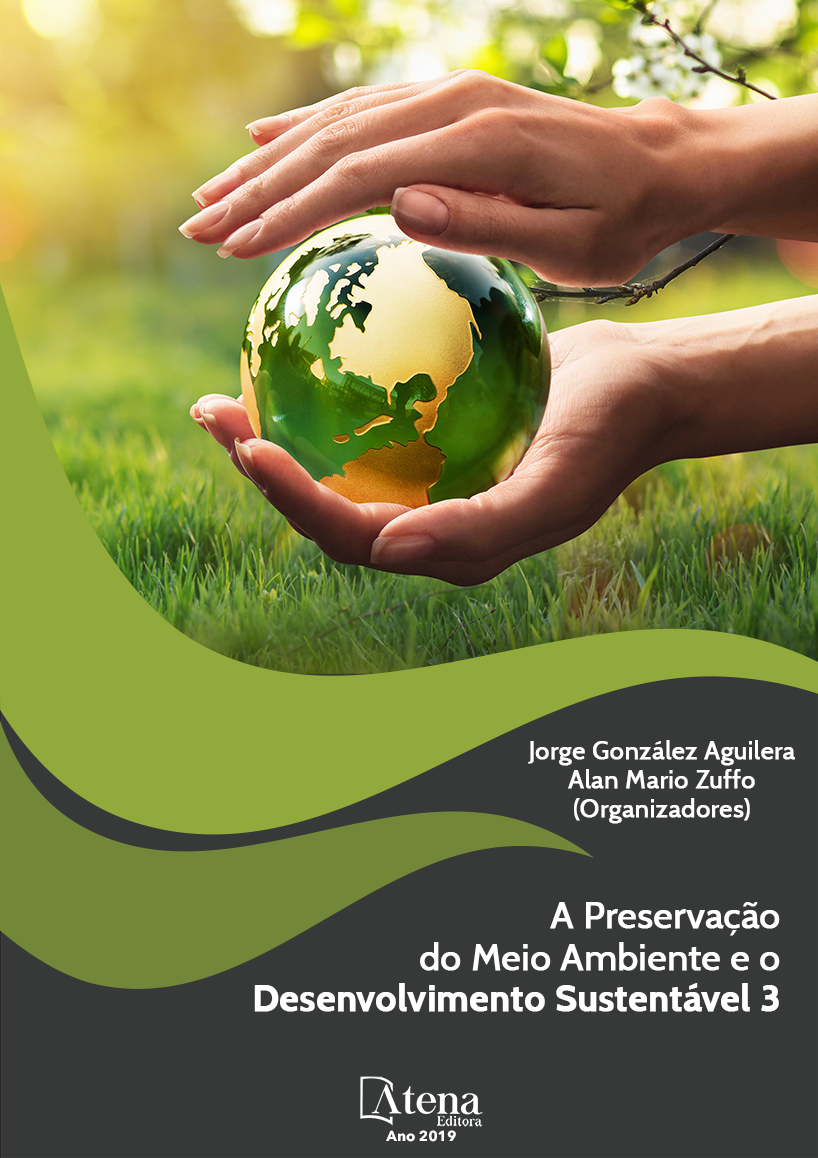
AVALIAÇÃO DE IMPACTO AMBIENTAL NA EXTRAÇÃO DE AREIA NOS RIOS CANINDÉ – CE, PARAÍBA - PB E PIRACANJUBA- GO
O processo da extração de areia nos rios Canindé-BA, Paraíba-PB e PiracanjubaCE, em toda e qualquer outra atividade mineradora, tem como consequência, a geração de impactos negativos ou positivos, sejam nos meios físicos, biológicos ou socioeconômicos. Desta maneira, a justificativa está embasada no fato de que, na literatura, existem poucos trabalhos relacionados para a Avaliação de Impacto Ambiental - AIA, bem como a aplicabilidade e importância por possibilitar a mensuração e a dimensão de impactos ambientais. Essa pesquisa tem como objetivo
identificar os impactos ambientais (efetivos; potenciais; positivos e negativos; a etapa mais impactante e o meio ambiental mais impactado) decorrentes da extração de areia em três corpos hídricos nas fases de instalação, operação e desativação. A pesquisa apresenta caráter exploratório, pois, envolve o levantamento de dados documentais com recorte temporal entre 2004 e 2017, complementado com análise de legislações referentes à extração mineral. A obtenção de dados foi efetuada com a aplicação de uma matriz de interação e a listagem de controle descritiva. A análise dos dados obtidos na matriz de interação identificou cento e dezesseis impactos ambientais setenta (62% efetivos; 38% potenciais; 69% negativos; 31% positivos) e o check-list sete impactos ambientais (69% negativos; 31% positivos); a etapa mais impactante foi a de operação e o meio mais impactado foi o físico. Logo, a extração mineral de areia é de extrema importância para o meio socioeconômico, todavia, produz impactos efetivos, potenciais e negativos em larga escala, o que compromete a qualidade ambiental.
AVALIAÇÃO DE IMPACTO AMBIENTAL NA EXTRAÇÃO DE AREIA NOS RIOS CANINDÉ – CE, PARAÍBA - PB E PIRACANJUBA- GO
-
DOI: 10.22533/at.ed.3891914085
-
Palavras-chave: Check-list. Matriz de interação. Meio Ambiente.
-
Keywords: Check-list. Interaction matrix. Environment.
-
Abstract:
The process of sand extraction in the rivers Canindé-BA, Paraíba-PB and Piracanjuba-CE, in any and all other mining activity, has the consequence of generating negative or positive impacts, whether in the physical, biological or socioeconomic environments. In this way, the justification is based on the fact that, in the literature, there are few related works for the Environmental Impact Assessment (EIA), as well as the applicability and importance for enabling the measurement and the dimension of environmental impacts. The objective of this research is to identify the environmental impacts (effective, potential, positive and negative, the most impacting stage and the most impacted environment) resulting from the extraction of sand in three water bodies during the installation, operation and deactivation phases. The research presents an exploratory character, since, it involves the collection of documentary data with temporal cut between 2004 and 2017, complemented with analysis of legislation regarding mineral extraction. Data collection was performed with the application of an interaction matrix and descriptive control listing. The analysis of the data obtained in the interaction matrix identified one hundred and sixteen environmental impacts (62% effective, 38% positive, 69% negative, 31% positive) and the checklist seven environmental impacts (69% negative, 31% positive) ; the most impacting stage was the one of operation and the most impacted medium was the physical one. Therefore, the mineral extraction of sand is of extreme importance for the socioeconomic environment, however, it produces large-scale effective, potential and negative impacts, which compromises the environmental quality.
-
Número de páginas: 15
- Daniellen Teotonho Barros
- Marcus Suedyr Gomes Pereira Filho
- Samilly Santana da Costa
- Antônio Pereira Júnior
- Vitor Glins da Silva Nascimento


